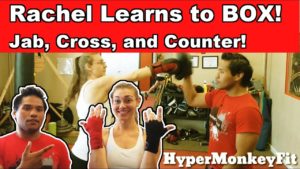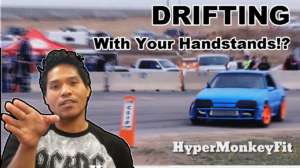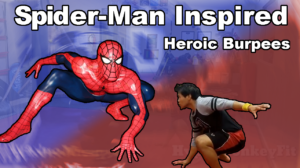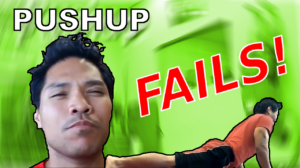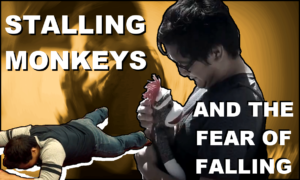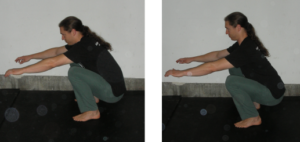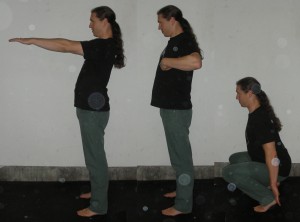Crosstraining.
Its about introducing new information and growing body’s fitness or performance library of knowledge. This can be especially useful as we are developing are own body skills. Whether you are working on your handstand, deep squat, or even the backflip. There are many transferable elements found in each move.
The human body can only move in so many prescribed directions. Outside of a few with genetic differences outside of the norm. Your elbow bends in a certain way as does your hip runs through multiple ranges. Although this is a fact, the way you combine it all changes everything.
Here’s what I mean. A dancer will extend a leg or squat in a certain way. Likewise, a practitioner of yoga or even a crossfit athlete has their own version of similar moves. This understanding is important because it will add new information that can help you refine a body skill your working on or even help you get past a plateau.
The more body of information you have the more effective you can make a change or come to a decision. When you are training your body, its once again a bit of a biological mess. Although the anatomy is the same, we’ve all introduced different information to our bodies. So the way that one person learn a move and understands it will be a different experience for another.
So with that said. I’m going to be introducing you to a sport and way of movement that I love. Boxing. It’s one of the oldest combat forms and can really show you how to combine simple concepts into something explosive and beautiful. In the video I go over things like alignment, hip-hinging, body positioning. While watching, you might even find something that could help you with your handstand or another body skill you’re developing.
Catch the video here:
Since this is all about introducing new stimuli to your body, check out the GMB Vitamin Program to give yourself new patterns to explore and play with!
Stay Inverted!
-Jonathan Magno

